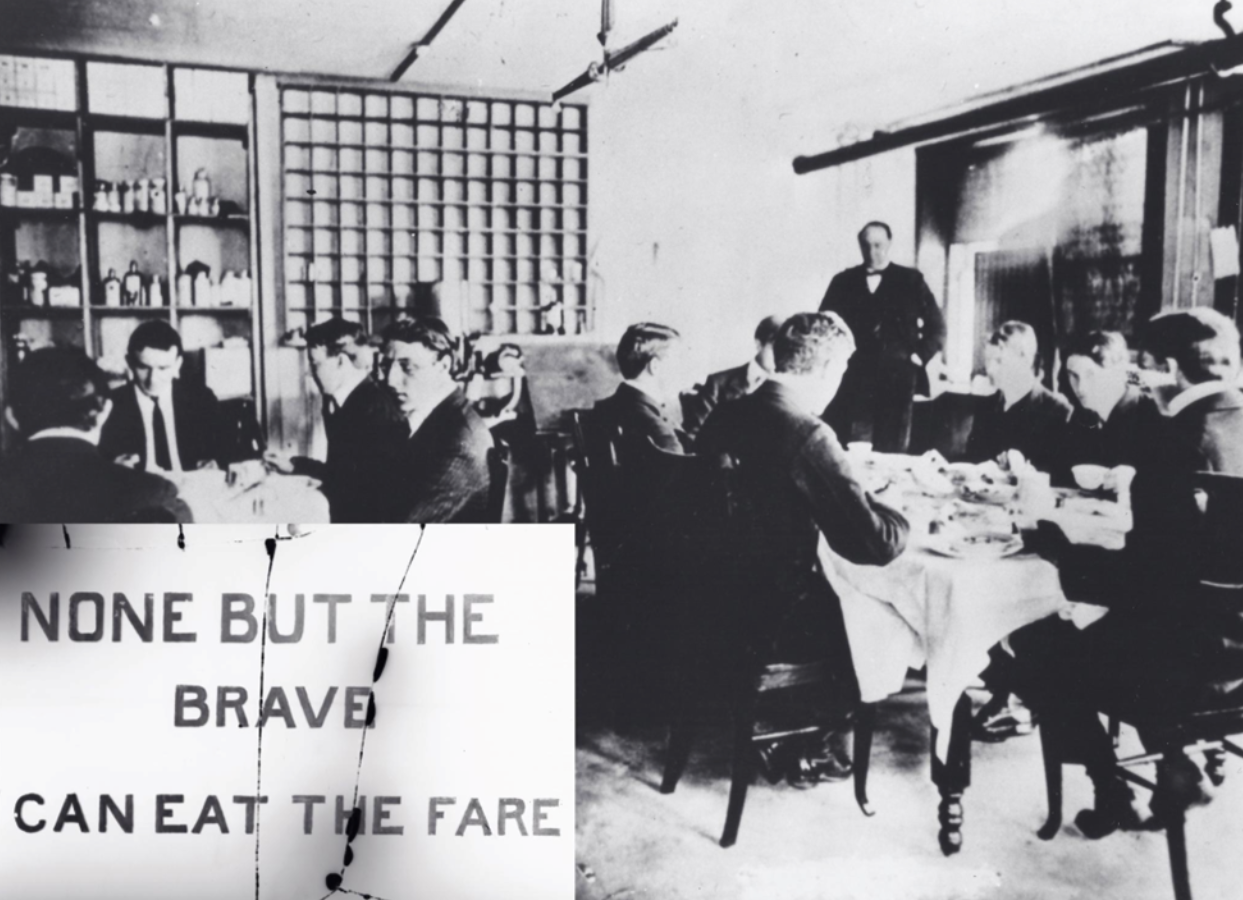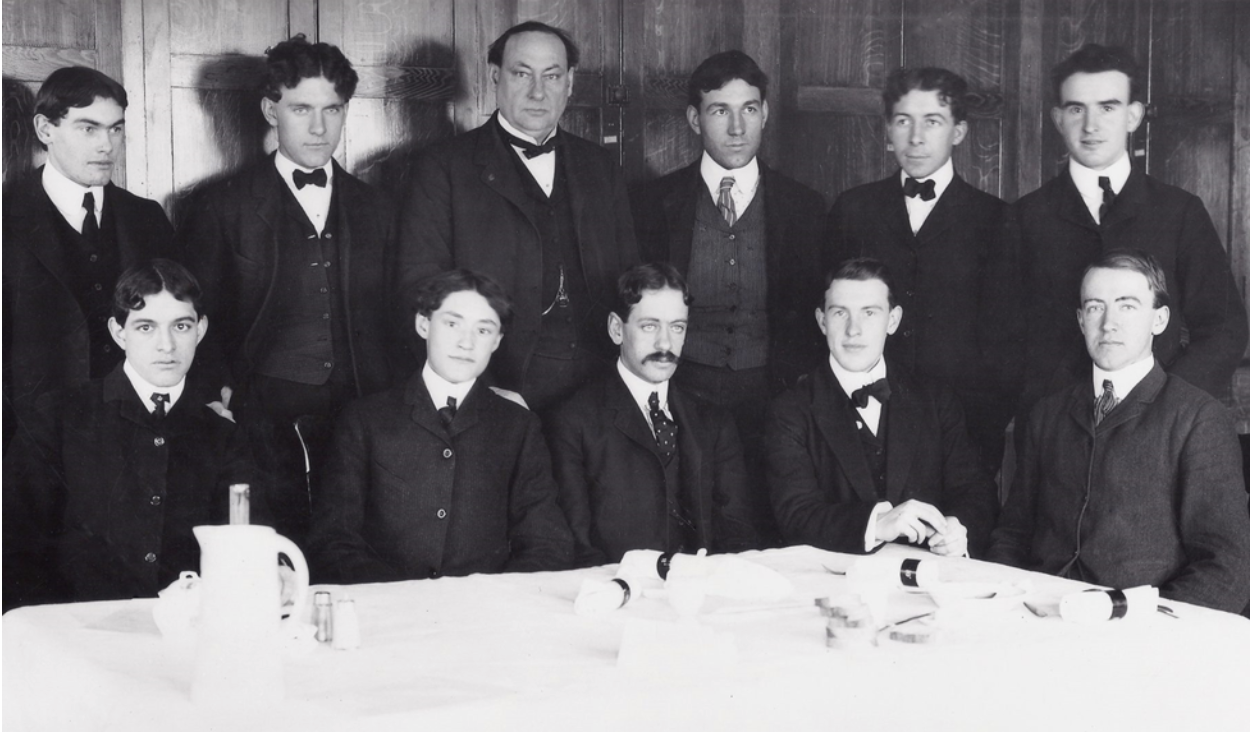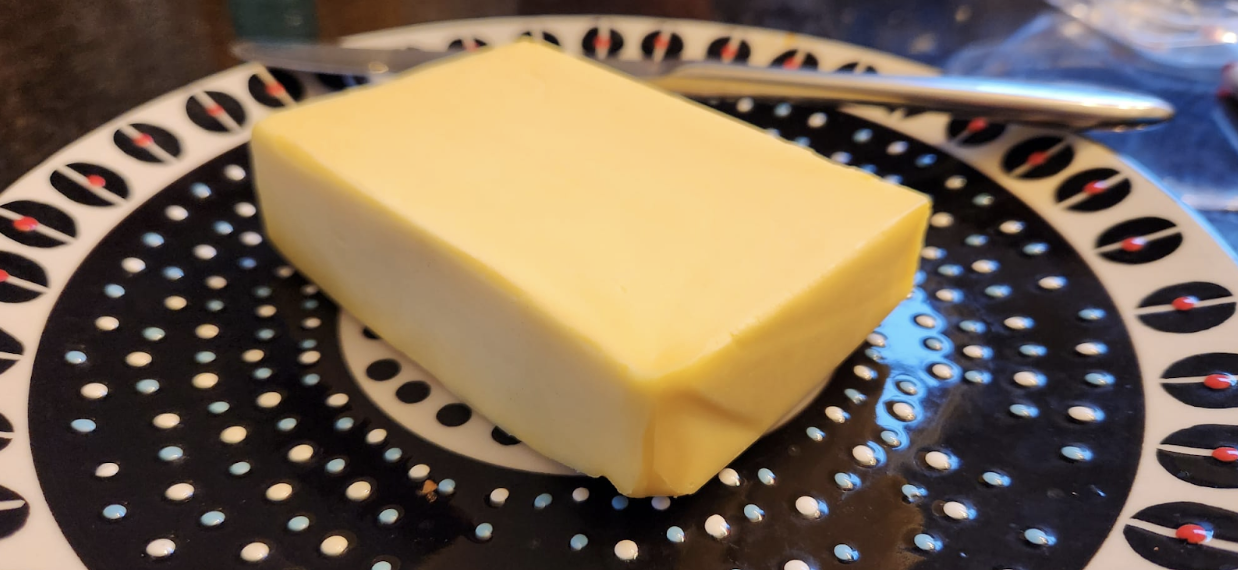As a child running through my parents' research labs, I didn't realize how rare it was to have a direct, unfiltered look into the work of scientists. In 1993, my family moved from the struggling landscape of post-Soviet Bulgaria to the high desert of Reno, Nevada, where my mom had secured a two-year postdoctoral position in the University of Nevada School of Medicine. I was four at the time and had no sense of where we were going or what to make of the transition, but since my parents arrived in debt, spoke little English, and had no place to send us, my sister and I spent quite a few hours entertaining ourselves in the halls of the research buildings while our parents finished their experiments. I remember playing endless games of hangman on the chalkboards, counting the change in my parents' desk drawers, working my way through the expert level on Minesweeper, and drawing on Microsoft's Paint program. That was the nineties, and my world was small.
Thirty years later, when the gap in communication between scientists and their various publics has become more apparent, I have a new appreciation for the close gaze I had into the world of science, and relationships with the people behind the work. My mom earned her PhD in physiology and pharmacology and my dad in pharmacology, and they instilled in my sister and me an appreciation for scientific work, for the scientific process, for the grueling experiments happening on a micro scale in the search for solutions to health challenges on a societal level—in my mom's case, on cardiovascular and respiratory diseases. In my youth, I don't remember ever questioning whether science was real, whether it was credible, or what scientists did because I could see the machines humming away and knew the countless hours my parents were spending in their labs, all while my sister and I sat in the courtyard outside counting our skittles and separating them into distinct color groups.
In some osmotic capacity, the visits to the lab and the conversations about grant proposals, publications, and successful or failed experiments around the dinner table nurtured an interest in and appreciation for science that stuck with my sister and me throughout the next decade and a half of schooling, and into our university experiences. My sister entered college as a biology major, and I hoped to pursue a career in astrophysics. We both had early jobs in research labs, in my case looking for ways to treat muscular dystrophy. Science was in our blood, at least to an extent; seven of our immediate relatives—grandparents, aunts, uncles—had PhDs, a number of them in the sciences. But at some point we were both drawn into the worlds of the humanities. And yet, after a big detour through a PhD in history, with an emphasis on narrative studies and a peripheral interest in public history, I found a home in a university writing program teaching a science communication course designed for students to think about how to bridge the gap between scientists and their publics. Of course, the context now is far different than the one in which I had my first direct encounters with scientific work. Many people today view science with skepticism, distrust, lacking knowledge of what the scientific process of inquiry, trial, and error entails, a phenomenon encapsulated in the deficit model of science communication (Dickson, 2004). The need to reconsider how science is represented—and filtered—from the lab into the public sphere presents obvious challenges.


